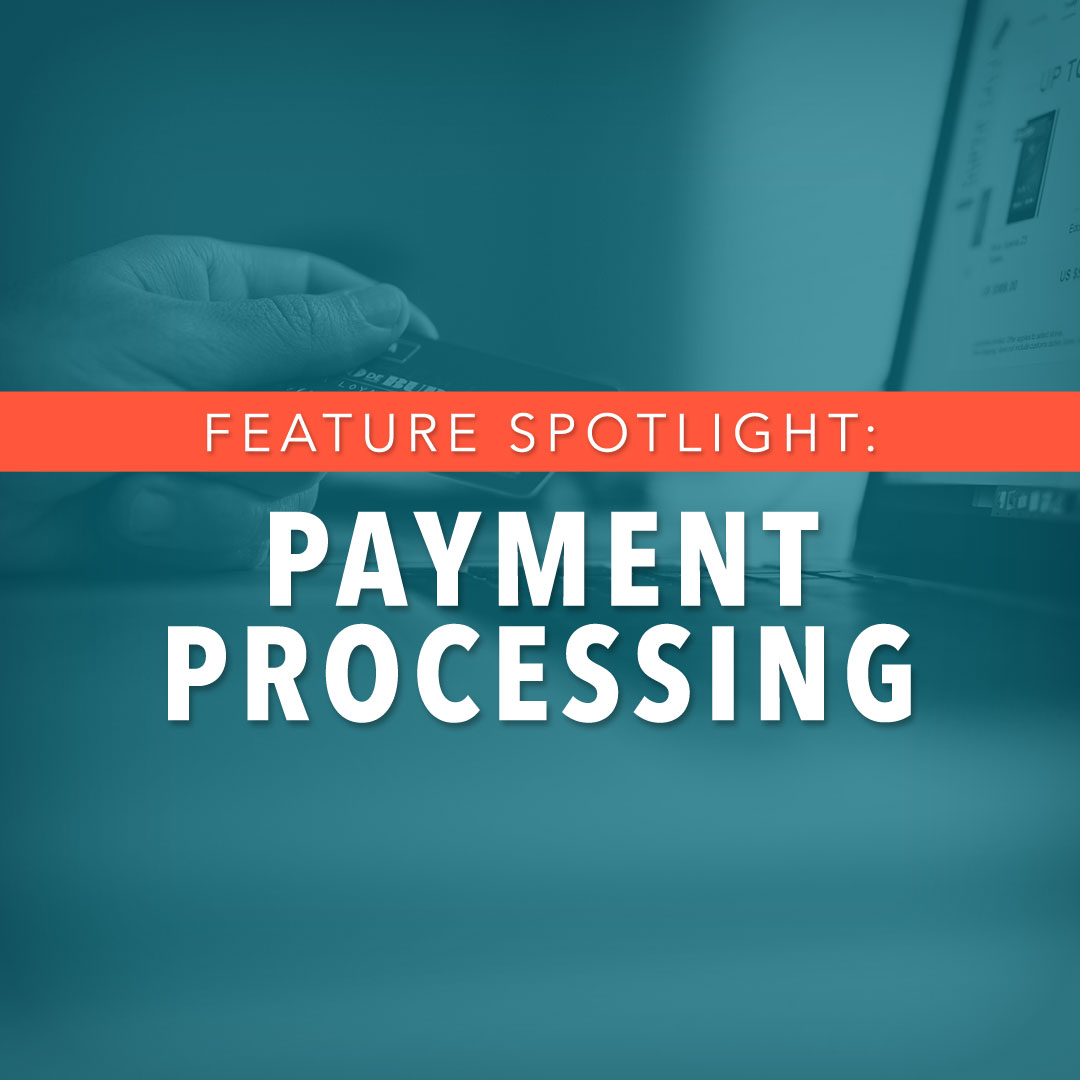Sometimes donors lapse. Every organization and nonprofit has seen it happen. Sometimes these donors fall away because of obvious reasons—financial changes, lifestyle changes or, sadly so, even death. But sometimes they fall away for far less obvious reasons—reasons that could have been entirely unavoidable.
While that can seem scary, take comfort in the fact that you can prevent them in the future. Most of the time, donor lapse comes down to bad communication. Below we have outlined a few pitfalls that we’ve seen over the years plus practical ways that you can avoid falling prey to them.
Mistake #1: Not communicating frequently enough.
It’s easy to think that you’re annoying people or being overbearing by communicating too often. But you may have donors who want to hear from you every week, some maybe even more than that. If you’re only updating your donors once a month or even just quarterly, that might not be enough to stay relevant and top of mind in your donors.
If you’re unsure of whether or not your donors want to hear from you more often (or maybe even less!), ask them. Create a survey and ask your donors to help you serve them better. Once you have the results back, make sure you change your communication strategy to match their feedback. And remember, it’s okay to have different groups of donors receiving different levels of communication from you. Some might want weekly while others only want quarterly. With the wonderful power of segmentation, you can give each group exactly what they want.
Mistake #2: Not communicating personally enough.
Do you think your donors feel as though you know them—really know them, on a personal level? Chances are that you have donors giving at multiple different levels and each group is wanting something just a little bit different from you. So look at your communications with a fresh eye. Are you aloof, too stiff, too formal? Are there places where you could be more personal?
People love feeling like they are known and seen by the organizations that they support. For instance, if you have a group of donors that consistently only give toward sponsorships, speak to that. Acknowledge their preferred form of support and thank them for it. Even just that small shift in personalization shows that you understand their passions. It’s worth the amount of time it takes to get to know your people to be able to use that information within your communications. Doing so will compel your donors to give even more to you.
Mistake #3: Not communicating through donors’ preferred method of contact.
Just as you have donors giving at varying levels, you likely also have donors in different generations and they all want to hear from you differently. Some might only prefer email communications while others still wait for the mailman to fill their boxes every day. You might even have donors who prefer text messages or social media campaigns.
While it can seem disheartening to manage just one message in so many different channels, the work will be worth it. If you’re sending emails to someone who never checks their email for nonprofit news or needs, then you’re going unheard. Making the small change to speak to people right where they want to hear from you will make your need and ask so much more compelling. At the very least, you’ll at least know that people ARE seeing you and hearing you, giving you better data on lapsed donors if they still don’t respond.
Mistake #4: Not making compelling asks… or not asking at all.
It’s hard to ask for money and sometimes it can even be awkward. But it’s important to remember that as a nonprofit, people are tuning in to your message because they expect to be asked. They know that you need something that they have—whether it be money, time, skills, products or services. So make the ask! When you present your needs in a compelling way and show the direct impact that will be created because of their gift, it makes it so much easier for donors to connect with your cause and respond to your need. Share the need, make the ask and show the impact. Rinse and repeat!
Mistake #5: Not describing impact.
This ties in directly to the number four. Even if you’re avoiding all of the previous mistakes but you’re struggling to show your impact, donors will eventually fall away from your organization. These people need to know that the money they’re entrusting to you is actually making a difference.
Sharing your story and accomplishments doesn’t have to be boastful; you can share compelling articles, videos and testimonials without coming across as prideful. Adopt an attitude of humility and let that vein show through every evidence of impact that you share. Lastly, make sure that you always highlight the donor’s role within the story—that without their support, none of the work would be possible. And thank them! A simple “thank you” goes a long way.
Everyone makes mistakes and over the years we’ve also learned that there is no such thing as a perfect nonprofit. But with good and honest communication, you can get one step closer to keeping your donors engaged and interested while minimizing your lapsed numbers. We believe in you and the work that you do. So go on out there and engage your donors!


-1.jpg)







